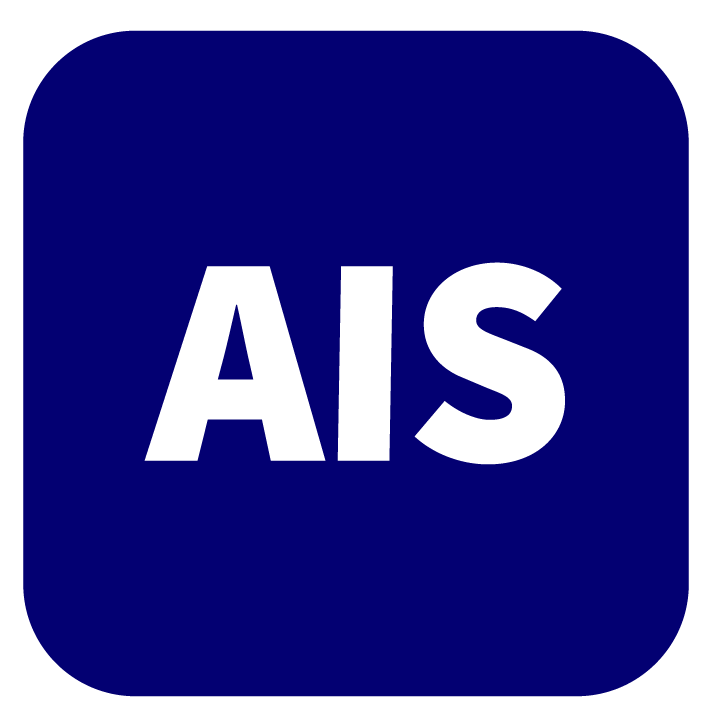REFERENCES
1. Soper NJ, Stockmann PT, Dunnegan DL, Ashley SW. Laparoscopic cholecystectomy. The new “gold standard”? Arch Surg 1992;127:917-21; discussion 921.
2. Schwaitzberg SD, Scott DJ, Jones DB, et al. Threefold increased bile duct injury rate is associated with less surgeon experience in an insurance claims database: more rigorous training in biliary surgery may be needed. Surg Endosc 2014;28:3068-73.
3. Törnqvist B, Strömberg C, Akre O, Enochsson L, Nilsson M. Selective intraoperative cholangiography and risk of bile duct injury during cholecystectomy. Br J Surg 2015;102:952-8.
4. Barrett M, Asbun HJ, Chien HL, Brunt LM, Telem DA. Bile duct injury and morbidity following cholecystectomy: a need for improvement. Surg Endosc 2018;32:1683-8.
5. Brunt LM, Deziel DJ, Telem DA, et al. the Prevention of Bile Duct Injury Consensus Work Group. Safe cholecystectomy multi-society practice guideline and state of the art consensus conference on prevention of bile duct injury during cholecystectomy. Ann Surg 2020;272:3-23.
6. Lilley EJ, Scott JW, Jiang W, et al. Intraoperative cholangiography during cholecystectomy among hospitalized medicare beneficiaries with non-neoplastic biliary disease. Am J Surg 2017;214:682-6.
7. Törnqvist B, Strömberg C, Persson G, Nilsson M. Effect of intended intraoperative cholangiography and early detection of bile duct injury on survival after cholecystectomy: population based cohort study. BMJ 2012;345:e6457.
8. Fong ZV, Pitt HA, Strasberg SM, et al. California Cholecystectomy Group. Diminished survival in patients with bile leak and ductal injury: management strategy and outcomes. J Am Coll Surg 2018;226:568-576.e1.
9. Iwashita Y, Hibi T, Ohyama T, et al. Delphi consensus on bile duct injuries during laparoscopic cholecystectomy: an evolutionary cul-de-sac or the birth pangs of a new technical framework? J Hepatobiliary Pancreat Sci 2017;24:591-602.
10. Esteva A, Robicquet A, Ramsundar B, et al. A guide to deep learning in healthcare. Nat Med 2019;25:24-9.
12. Esteva A, Kuprel B, Novoa RA, et al. Dermatologist-level classification of skin cancer with deep neural networks. Nature 2017;542:115-8.
13. Cicero M, Bilbily A, Colak E, et al. Training and validating a deep convolutional neural network for computer-aided detection and classification of abnormalities on frontal chest radiographs. Invest Radiol 2017;52:281-7.
14. Gulshan V, Peng L, Coram M, et al. Development and validation of a deep learning algorithm for detection of diabetic retinopathy in retinal fundus photographs. JAMA 2016;316:2402-10.
15. Rodriguez-Ruiz A, Lång K, Gubern-Merida A, et al. Stand-alone artificial intelligence for breast cancer detection in mammography: comparison with 101 radiologists. J Natl Cancer Inst 2019;111:916-22.
16. Xie Y, Zhang J, Xia Y. Semi-supervised adversarial model for benign-malignant lung nodule classification on chest CT. Med Image Anal 2019;57:237-48.
17. Grenda TR, Pradarelli JC, Dimick JB. Using surgical video to improve technique and skill. Ann Surg 2016;264:32-3.
18. Tan Mingxing, Le Quoc V. EfficientNet: rethinking model scaling for convolutional neural networks. 2019. Available from: http://proceedings.mlr.press/v97/tan19a/tan19a.pdf [Last accessed on 22 Apr 2022]
19. Anteby R, Horesh N, Soffer S, et al. Deep learning visual analysis in laparoscopic surgery: a systematic review and diagnostic test accuracy meta-analysis. Surg Endosc 2021;35:1521-33.
20. Yamazaki Y, Kanaji S, Matsuda T, et al. Automated surgical instrument detection from laparoscopic gastrectomy video images using an open source convolutional neural network platform. J Am Coll Surg 2020;230:725-732.e1.
21. Korndorffer JR Jr, Hawn MT, Spain DA, et al. Situating artificial intelligence in surgery: a focus on disease severity. Ann Surg 2020;272:523-8.
22. Twinanda AP, Yengera G, Mutter D, Marescaux J, Padoy N. RSDNet: Learning to predict remaining surgery duration from laparoscopic videos without manual annotations. IEEE Trans Med Imaging 2019;38:1069-78.
23. Abdelrahman T, Long J, Egan R, Lewis WG. Operative experience vs. competence: a curriculum concordance and learning curve analysis. J Surg Educ 2016;73:694-8.
24. Marchi D, Esposito MG, Gentile IG, Gilio F. Laparoscopic cholecystectomy: training, learning curve, and definition of expert. in: Agresta F, Campanile FC, Vettoretto N, editors. Laparoscopic cholecystectomy. Cham: Springer International Publishing; 2014. pp. 141-7.
25. Maier-Hein L, Wagner M, Ross T, et al. Heidelberg colorectal data set for surgical data science in the sensor operating room. Sci Data 2021;8:101.
26. Liu C, Guo Y, Li S, Chang F. ACF based region proposal extraction for YOLOv3 network towards high-performance cyclist detection in high resolution images. Sensors (Basel) 2019;19:E2671.
27. Lin TY, Maire M, Belongie S, et al. , editors. Microsoft COCO: common objects in context 2014; Cham: Springer International Publishing.
28. Madni TD, Leshikar DE, Minshall CT, et al. The Parkland grading scale for cholecystitis. Am J Surg 2018;215:625-30.
29. Movafegh F, Abbaszadeh A, Rassouli M, Lotfi MS, Nasiri M, Mokhlesi S. Development and validation of the Iranian version of the patient privacy and confidentiality scale. Indian J Med Ethics 2021;VI:1-13.
30. Kristen J. , Yoon-Soo P., Emil P. Are your assessment scores and feedback reliable? A statistical review for the surgical educator 2021. Available from: https://www.facs.org/education/division-of-education/publications/rise/articles/assessment-scores [Last accessed on 22 Apr 2022].
31. Barisoni L, Lafata KJ, Hewitt SM, Madabhushi A, Balis UGJ. Digital pathology and computational image analysis in nephropathology. Nat Rev Nephrol 2020;16:669-85.
32. Ruffle JK, Farmer AD, Aziz Q. Artificial intelligence-assisted gastroenterology- promises and pitfalls. Am J Gastroenterol 2019;114:422-8.
33. Madani A, Namazi B, Altieri MS, et al. Artificial intelligence for intraoperative guidance: using semantic segmentation to identify surgical anatomy during laparoscopic cholecystectomy. Ann Surg 2020; doi: 10.1097/SLA.0000000000004594.
34. Sato M, Koizumi M, Nakabayashi M, et al. Computer vision for total laparoscopic hysterectomy. Asian J Endosc Surg 2019;12:294-300.
35. Madad Zadeh S, Francois T, Calvet L, et al. SurgAI: deep learning for computerized laparoscopic image understanding in gynaecology. Surg Endosc 2020;34:5377-83.
36. Tokuyasu T, Iwashita Y, Matsunobu Y, et al. Development of an artificial intelligence system using deep learning to indicate anatomical landmarks during laparoscopic cholecystectomy. Surg Endosc 2021;35:1651-8.
37. Mascagni P, Vardazaryan A, Alapatt D, et al. Artificial intelligence for surgical safety: automatic assessment of the critical view of safety in laparoscopic cholecystectomy using deep learning. Ann Surg 2020; doi: 10.1097/SLA.0000000000004351.









